Discover the allure and intense encounters of the Japanese Fighting Fish. Known for its vibrancy and love for solitary existence, this species offers a mesmerizing blend of beauty and unabashed spirit.
The Fascinating Life of Japanese Fighting Fish

Commonly mistaken for lovers of companionship, male Japanese Fighting Fish offer a surprising reality. These vibrant creatures are fighters by nature, thriving best in isolation.
The Solo Fighters
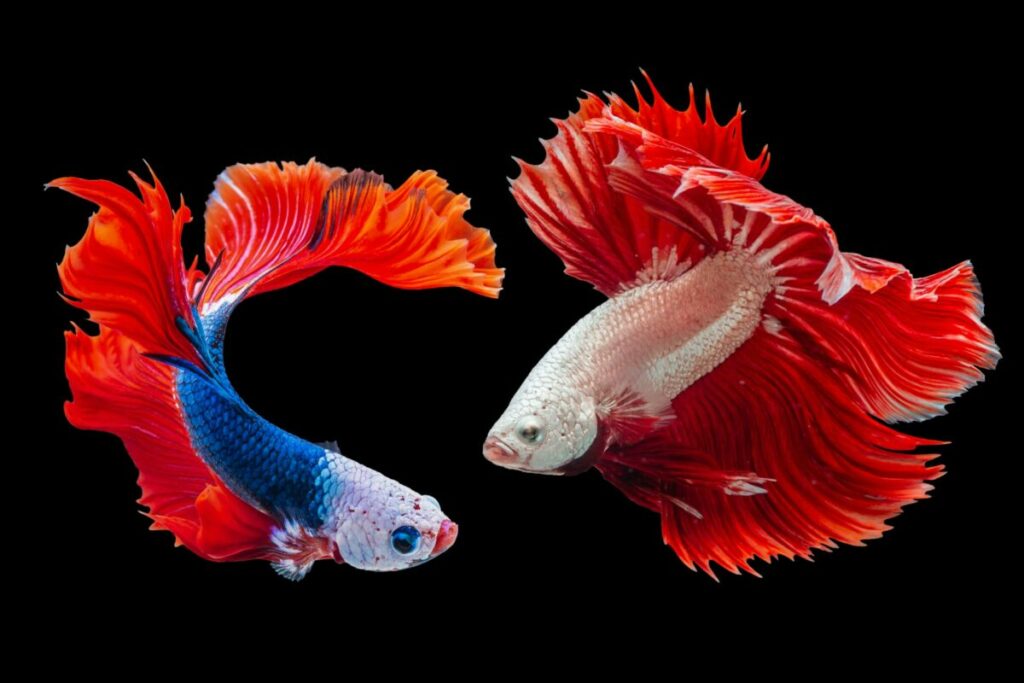
Pairing two males often concludes with only one survivor, a harsh fact that many learn too late. However, cohabitation becomes possible with a female partner. Beware, the occasional spat may break out, especially during mating season.
See Related: Dive into the Captivating World of Chinese Fighting Fish
The Breath-taking Beauty of Japanese Fighting Fish
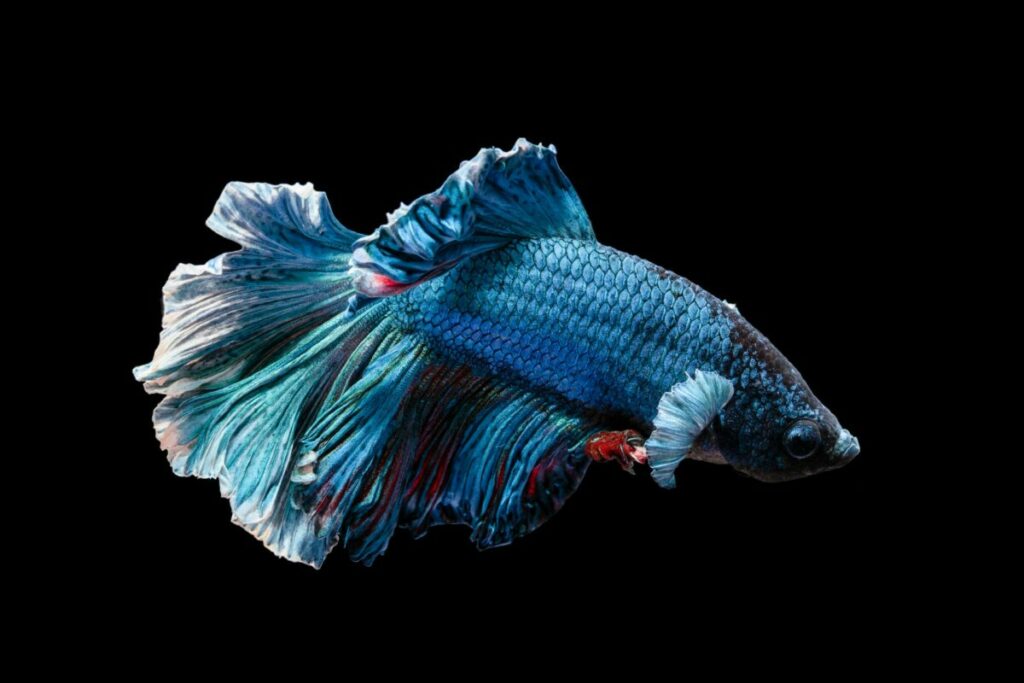
Despite their feisty nature, these fish are loved for their stunning aesthetics. Exhibiting a rich palette of colours, they capture every hue of the rainbow. Some of these fascinating creatures are solid in coloration, others show patterns, and few even present translucent traits known as ‘cellophane’ or albino blends. Iridescent blues and blacks particularly stand out, making them a popular choice.
Compact Yet Captivating
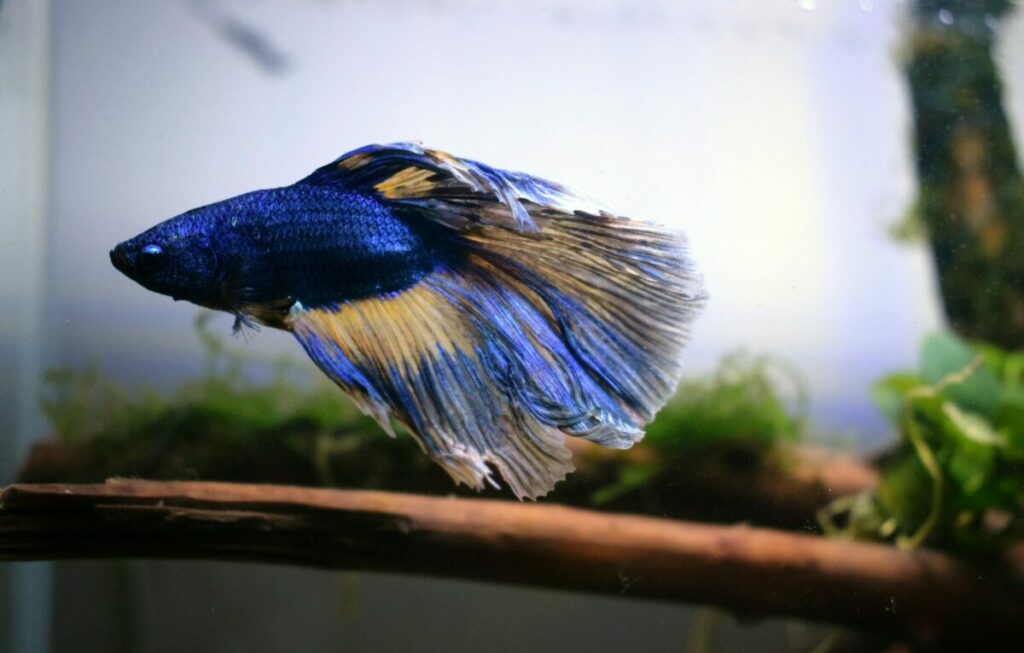
Normally not exceeding a length of three inches, these dazzling specimens can live comfortably even in small containers. Perfect as decorations, these easy keepers are not demanding, being content even in stagnant water environments. Carefully tailored breeding efforts sometimes increase their cost, but typically, you can find an attractive specimen within $3.50 to $7.00.
No High Maintenance – Easy Keeping for Japanese Fighting Fish
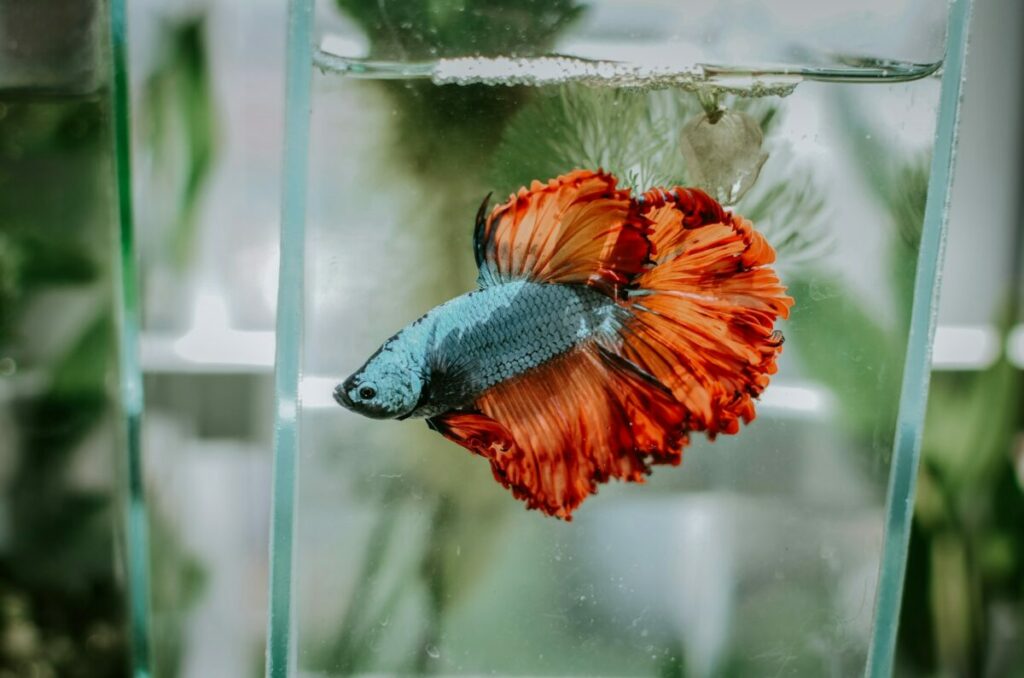
Although these captivating creatures hail from Thailand and other Southeast Asian countries, they have gained popularity worldwide due to their minimal care requirements. Freeze dried food such as brine shrimp suffices for their dietary needs, with occasional feeding of blood worms.
- Consider limiting live food to minimize risk of parasite infection
- Balanced feeding routine – Alternating days seem to be the sweet spot for serving meals
- Avoid placing reflective items permanently near the tank to prevent agitation
Caution: Fish at Work
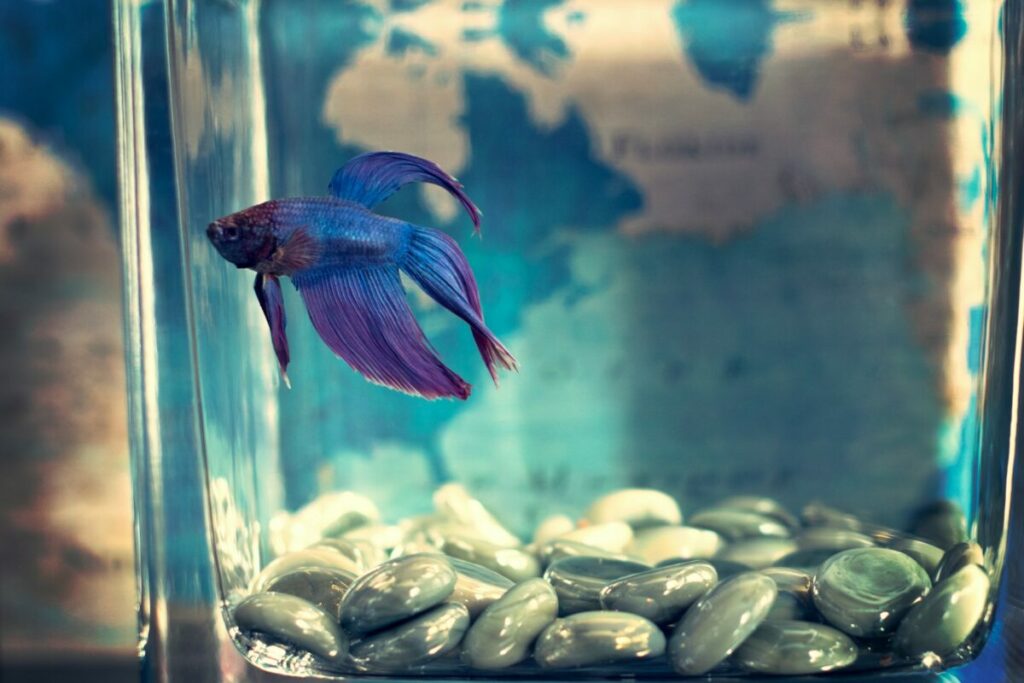
Interestingly, if the fish sees its reflection, it tries to attack after a display of ‘flaring’. This involves expansion of its gills and fins, an attempt to appear larger. Short, infrequent exposure to mirror reflections can offer a fun exercise routine, but moderation is advisable for the health of the fish.
As it turns out, despite their fiery spirit, Japanese Fighting Fish thrive in isolation, their captivating colors and easy-care nature making them a beloved choice among fish hobbyists globally.